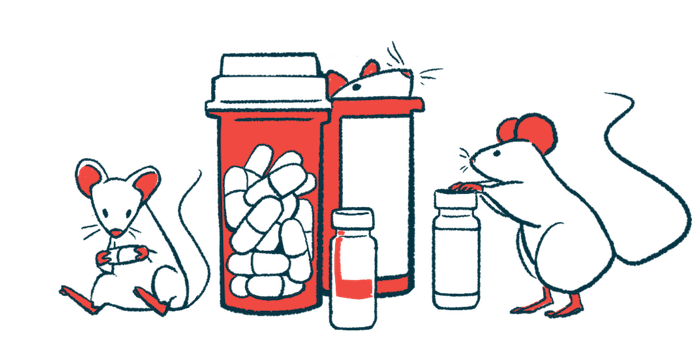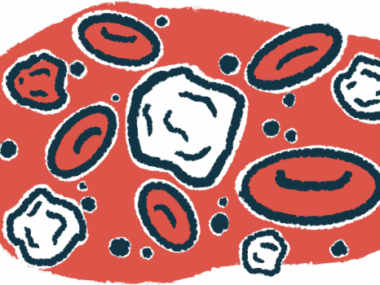Drug combo may be effective as treatment for pancreatic cancer
Blocking PRMT5, Chk1 proteins shows promise in mice, cell models: Research
Written by |

A combination of drugs to block two proteins, called PRMT5 and Chk1, may be effective for the treatment of pancreatic cancer, according to new research done in mice and cell models.
The research findings were presented at the 2025 annual meeting of the American Society for Biochemistry and Molecular Biology (ASBMB), held April 12-15 in Chicago.
Difficult to treat with available therapies, pancreatic cancer is a leading cause of death related to cancer, particularly in the U.S.
“Pancreatic cancer is the third leading cause of cancer-related deaths in the United States and is projected to become the second by 2030,” Madeline Dzikowski, a doctoral student at the Medical College of Wisconsin and first author of the study, said in an ASBMB press release. Dzikowski said this work shows PRMT in particular to be “a promising target for developing new therapies.”
Like all cancers, pancreatic cancer is characterized by the uncontrolled growth of cells in the body. Rapidly growing cells are especially vulnerable to DNA damage, and some cancer treatments aim to kill cancer cells by increasing DNA damage.
Chk1 is a protein that normally helps cells to prevent DNA damage. PRMT5 also helps prevent DNA damage in cells, though indirectly. Inhibiting both showed promise as a treatment for pancreatic cancer, according to the scientists.
Researchers hope to ultimately advance treatment to human trials
PRMT5 is a key regulator of epigenetics, which are modifications to how DNA is physically packaged within cells that help control gene activity. If a cell’s DNA is a cookbook containing all the recipes needed to make the cell, then epigenetics are like sticky notes on the pages, telling the cell which recipes to make and which to skip over.
The epigenetic activity with PRMT5 specifically helps control the activity of a DNA damage sensor. Thus, blocking it could make cancer cells more vulnerable to DNA damage, per the researchers.
“Epigenomics is a relatively new field, so there’s still much to learn,” Dzikowski said. “We have seen that PRMT5 regulates ATM, a key sensor in DNA repair. Our combination treatment exploits this vulnerability by pairing a PRMT5 inhibitor with an additional DNA repair protein inhibitor, driving cancer cells toward death through accumulated DNA damage.”
Dzikowski noted that previous studies “have shown that PRMT5 is overproduced in pancreatic cancer patients and that higher levels are linked to shorter overall survival.”
There are several clinical trials underway to evaluate PRMT5 inhibitors for solid cancers, so we’re optimistic that our work provides a strong foundation for advancing these inhibitors to additional clinical trials in pancreatic cancer.
In an initial battery of tests using cancer cells in dishes, Dzikowski and colleagues showed that combining a PRMT5 inhibitor with a Chk1 blocker killed cancer cells with better potency than using either drug alone. That suggested that blocking both these proteins at the same time yields synergistic effects.
The team then tested the combo in a mouse model in which human pancreatic cancer cells were injected under the skin and allowed to grow into a tumor. In mice given the combination treatment, tumor growth was reduced by 40%. Further, median overall survival increased by 25% relative to mice given either the PRMT5 or Chk1 inhibitor alone.
The scientists are now conducting further preclinical work aiming to better understand the biological mechanisms at play, in hopes of eventually bringing this treatment strategy to clinical trials.
“We’re hopeful that PRMT5 inhibitors will continue undergoing development for therapeutic use,” Dzikowski said. “There are several clinical trials underway to evaluate PRMT5 inhibitors for solid cancers, so we’re optimistic that our work provides a strong foundation for advancing these inhibitors to additional clinical trials in pancreatic cancer.”







